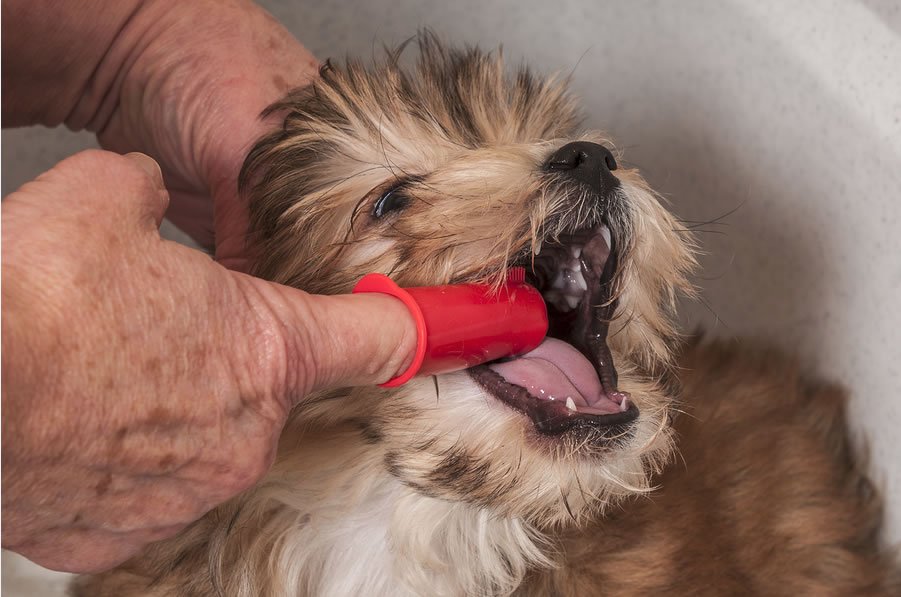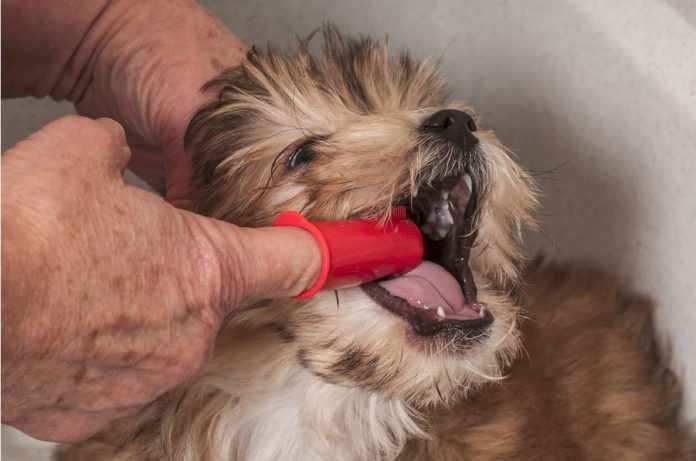
Another year and with it, another list of resolutions followed by a few weeks of good intentions. But what if you were to shake things up a bit this go-round, incorporating your dog’s well-being into the list of things you want to improve on? There is a good deal of overlap between a number of resolutions suited to you and to your dog, and if you make them with both of you in mind, you might be more motivated to stick with them. Here are five suggestions for resolutions that will lead to wellness benefits for you and your canine pal at the same time, allowing you to double-dip into improved outcomes.
1 Food in good measure. One of the mistakes people often make when trying to manage their weight is not measuring out their portion sizes. (You might be surprised at how few strands of spaghetti a single cup contains, and its 210 calories doesn’t include whatever sauce you put on top.) As it goes with people, it goes with the servings we dish out to our pets. Every day many dog owners eyeball how much kibble to put into their dog’s bowl rather than scooping it out in a measuring cup and then leveling it off. And because dogs require fewer calories than we do, the effects are more dramatic — whch is why it should come as no surprise that an estimated one in two pet dogs in the U.S. is overweight.
That’s why it’s important to actually measure the amount of food you give your dog each day. Start with the lowest suggested number of cups on the package. If your dog needs more to maintain a healthy weight, gradually go up a bit. But you might actually find your dog needs less than the lowest amount suggested on the bag or can to reach a healthy body condition. Those numbers on labels are general suggestions, not amonts set in stone for your particular dog with her level of daily physical activity.
Stick to your new plan. Even though your pet can’t open the cabinet when she feels like noshing on Oreos, as you can, she’s likely an expert in casting beseeching looks. But just as for you, it’ll only “hurt” for the first few days. And when she begs for a treat, offer a raw vegetable, such as a baby carrot or string bean. If she turns up her nose at it because she wants her usual, more calorie dense snack, that’s your proof that she’s not truly hungry.
2 Environmental enrichment. Dogs don’t need to be walked only for bathroom breaks. Getting out and exploring their world is one of their top ways to infuse their day with interesting activity. Remember, during all those hours lying around the house, they can’t follow what’s going on in a TV show, can’t tool the Internet, can’t check their Facebook page, can’t bump into an acquaintance at the grocery store, and so on. Yet just like us, they need varied sights and sounds, as well as social opportunities. Repeating the same walking loop or two on a daily basis doesn’t give that to them. That’s like reading the same newspaper article over and over again, year after year.
So mix it up. Walk or even drive to new haunts, exploring previously unvisited neighborhoods, parks, and trails, allowing your canine pal to make new friends along the way and check out new odors. (They don’t sniff a blade of grass for what seems like forever to annoy you. They’re “reading” it, just as it takes you time to read an article.) You, too, will benefit from the change-up in environment. Studies demonstrate cognitive benefits from walking, and varying your romps along with your dog’s will only enrich you more and perhaps allow for your own new social opportunities.
3 The right mattress. A rule of thumb is to change your mattress every 10 years. Doctors at the Minnesota Regional Sleep Disorders Center recommend considering a new mattress every seven years, or at least when the mattress begins to affect sleep. And they suggest that people over 40 years of age might want to buy one every five to seven years because as we get older, our bodies are more susceptible to pressure. But does your dog even have a “mattress” — a dog bed or a comfy crate with floor padding?
They really appreciate it because it lets them know they have a special place. But also, as a dog ages, her body may have new requirements for resting comfortably, such as an orthopedic bed to relieve pressure on her joints, or a cooling gel pad that also soothes sore joints with the additional benefit of keeping her from becoming overheated and panting in the night.
4 Oral care. You’re supposed to brush twice a day and floss once to preserve your teeth and overall oral health. Good news: your dog doesn’t need flossing and requires only a once-a-day brushing to save her from, or at least forestall, the gum disease that compromises so many dogs’ teeth. And many love it, or readily get used to it, because they enjoy the beef, lamb, and poultry flavors of canine toothpaste, the massaging of their gums with the brush, and the extra attention from “Mom” or “Dad.”
But do you do it? Come on, it takes, like, a minute. Isn’t your dog’s oral hygiene worth a minute a day, or six hours a year? Isn’t your money worth it? An oral exam for your pet is a lot less expensive when it doesn’t result in dental work born of lack of teeth brushing over the years.
This is a habit that’s easy to incorporate into your day. Either in the morning or at night, when you brush your own teeth, brush your dog’s, too. She’ll even “get” it — “Mom’s (or Dad’s) mouth, my mouth.”
5 Organizing tools. Write down any resolutons you make for yourself and your pet and keep them front and center, like on the refrigerator. Behavioral psychologists have long said that people are more likely to stick with a plan if they write it; it acts like a contract you make with yourself.
While you’re writing out your resolutons, put all your dog’s paperwork into a dedicated folder. That way you’ll easily be able to answer questions about her medical history (for instance, did she ever have an adverse reaction to anestehsia, and if so, under what circumstances?) when they come up at the vet’s office. And take a short while to write in on your 2017 calendar what day each month throughout the year you’re supposed to give flea and tick medicine and a heartworm pill so that every time you flip the page, you won’t forget. Ditto for wellness visits.





